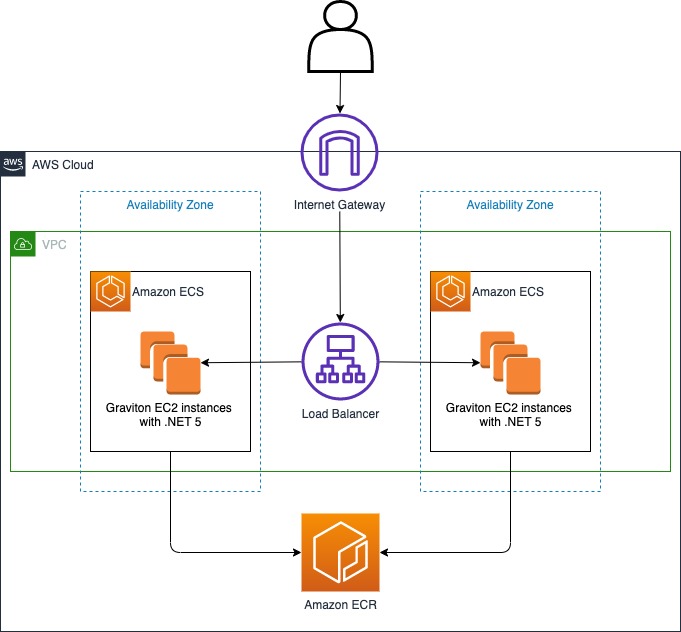AWS DevOps Blog
Category: DevOps
Chaos engineering on Amazon EKS using AWS Fault Injection Simulator
In this post, we discuss how you can use AWS Fault Injection Simulator (AWS FIS), a fully managed fault injection service used for practicing chaos engineering. AWS FIS supports a range of AWS services, including Amazon Elastic Kubernetes Service (Amazon EKS), a managed service that helps you run Kubernetes on AWS without needing to install […]
Extending an AWS CodeBuild environment for CPP applications
AWS CodeBuild is a fully managed build service that offers curated Docker images. These managed images provide build environments for programming languages and runtimes such as Android, Go, Java, Node.js, PHP, Python, Ruby, Docker, and .Net Core. However, there are a lot of existing CPP-based applications, and developers may have difficulties integrating these applications with […]
Enforcing AWS CloudFormation scanning in CI/CD Pipelines at scale using Trend Micro Cloud One Conformity
Integrating AWS CloudFormation template scanning into CI/CD pipelines is a great way to catch security infringements before application deployment. However, implementing and enforcing this in a multi team, multi account environment can present some challenges, especially when the scanning tools used require external API access. This blog will discuss those challenges and offer a solution […]
Introducing new self-paced courses to improve Java and Python code quality with Amazon CodeGuru
This post announces the availability of new self-paced where you learn how to use CodeGuru Reviewer to automatically scan your code base, identify hard-to-find bugs and vulnerabilities, and get recommendations for fixing the bugs and security issues.
Continuous Compliance Workflow for Infrastructure as Code: Part 2
In the first post of this series, we introduced a continuous compliance workflow in which an enterprise security and compliance team can release guardrails in a continuous integration, continuous deployment (CI/CD) fashion in your organization. In this post, we focus on the technical implementation of the continuous compliance workflow. We demonstrate how to use AWS […]
Use AWS CodeCommit to mirror an Azure DevOps repository using an Azure DevOps pipeline
AWS customers with Git repositories in Azure DevOps can automatically backup their repositories in the AWS Cloud using an AWS CodeCommit repository as a replica. By configuring an Azure DevOps pipeline, the source and replica repositories can be automatically kept in sync. When updates are pushed to the source repository, the pipeline will be triggered […]
Building an end-to-end Kubernetes-based DevSecOps software factory on AWS
DevSecOps software factory implementation can significantly vary depending on the application, infrastructure, architecture, and the services and tools used. In a previous post, I provided an end-to-end DevSecOps pipeline for a three-tier web application deployed with AWS Elastic Beanstalk. The pipeline used cloud-native services along with a few open-source security tools. This solution is similar, […]
Hackathons with AWS Cloud9: Collaboration simplified for your next big idea
Many organizations host ideation events to innovate and prototype new ideas faster. These events usually run for a short duration and involve collaboration between members of participating teams. By the end of the event, a successful demonstration of a working prototype is expected and the winner or the next steps are determined. Therefore, it’s important […]
Build and deploy .NET web applications to ARM-powered AWS Graviton 2 Amazon ECS Clusters using AWS CDK
With .NET providing first-class support for ARM architecture, running .NET applications on an AWS Graviton processor provides you with more choices to help optimize performance and cost. We have already written about .NET 5 with Graviton benchmarks; in this post, we explore how C#/.NET developers can take advantages of Graviton processors and obtain this performance […]
Continuous Compliance Workflow for Infrastructure as Code: Part 1
Security and compliance standards are of paramount importance for organizations in many industries. There is a growing need to seamlessly integrate these standards in an application release cycle. From a DevOps standpoint, an application can be subject to these standards during two phases: Pre-deployment – Standards are enforced in an application deployment pipeline prior to […]








